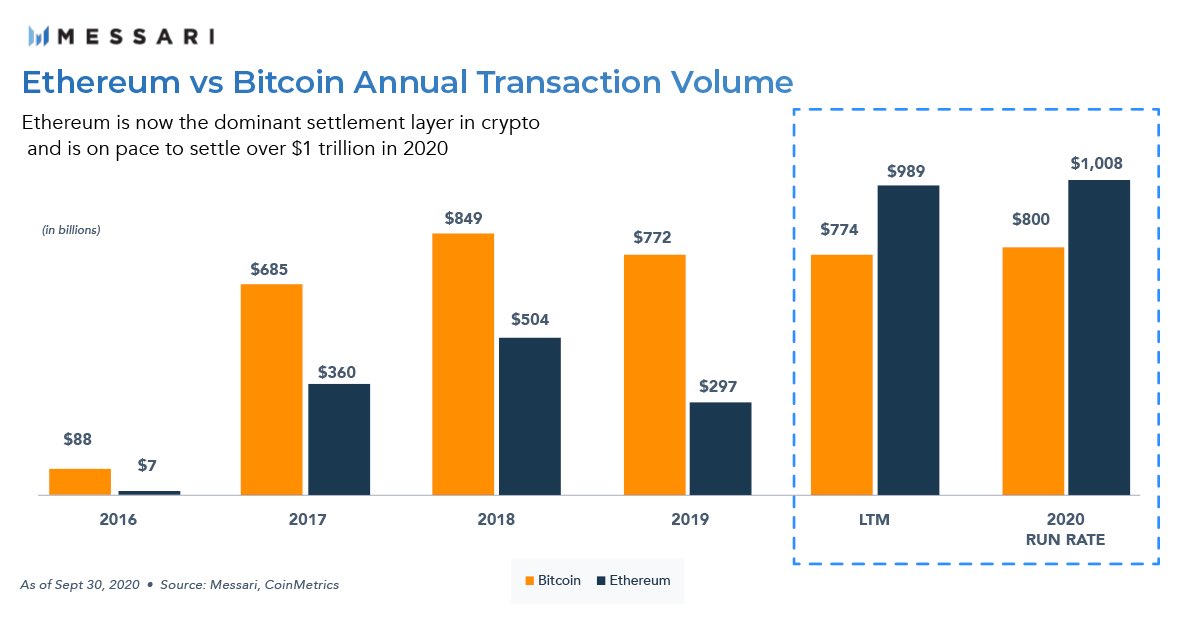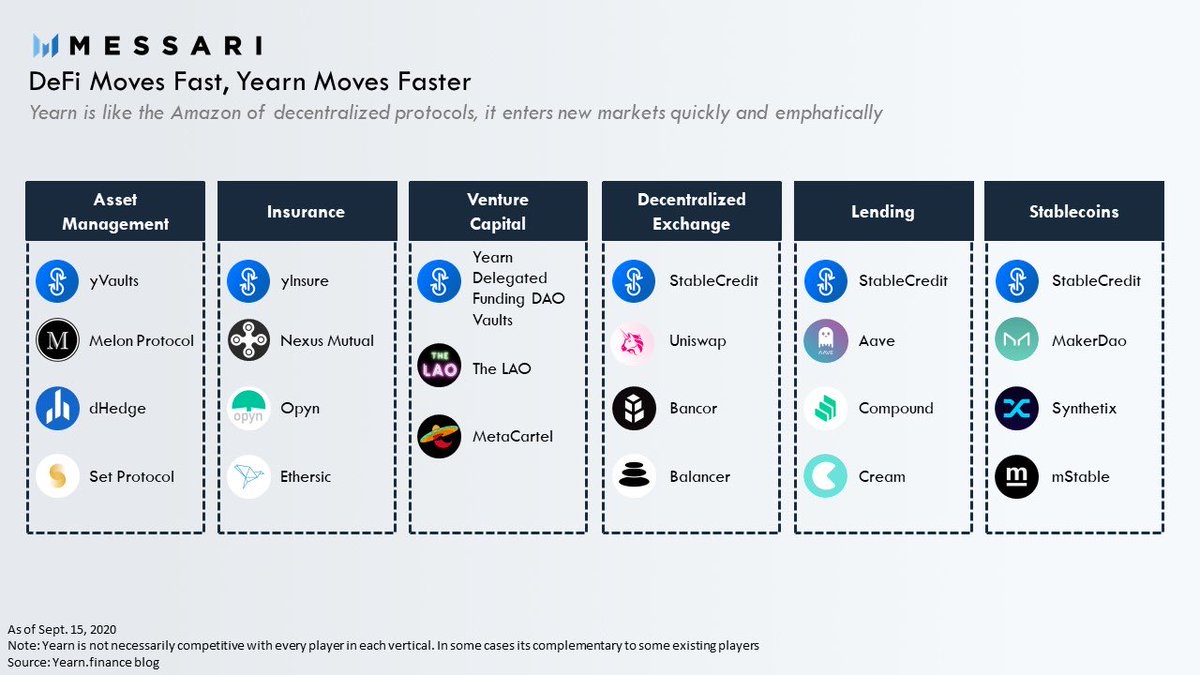
The idea that token holders can passively extract rent without providing equal value to a protocol is unsustainable.
In the long-run, token holders will likely need to be active network participants or assume some of the risk of the system to be viable.
1/
In the long-run, token holders will likely need to be active network participants or assume some of the risk of the system to be viable.
1/
Projects like Maker are at the more ideal end of the spectrum.
MKR holders backstop the entire MakerDAO system.
For assuming this risk they are rewarded with the systems’ income.
This risk also incentivizes MKR holders to be active managing the protocol’s risk.
MKR holders backstop the entire MakerDAO system.
For assuming this risk they are rewarded with the systems’ income.
This risk also incentivizes MKR holders to be active managing the protocol’s risk.
At the opposite end of the spectrum are tokens that simply extract fees from owning the property everyone uses.
They need not assume any of the systems’ risk.
In many cases they just vote on proposals that protocol politicians create, who so far are just unpaid labor.
They need not assume any of the systems’ risk.
In many cases they just vote on proposals that protocol politicians create, who so far are just unpaid labor.
But even so voting isn’t a requirement to receive any fees,
so voter participation is extremely low.
Most token holders don’t do anything.
so voter participation is extremely low.
Most token holders don’t do anything.
Take Harvest (FARM) for example.
FARM holders currently extract 30% of the protocols fees as profit.
And for what?
Depositors just lost $24 million and token holders aren’t assuming any of that loss?
FARM holders currently extract 30% of the protocols fees as profit.
And for what?
Depositors just lost $24 million and token holders aren’t assuming any of that loss?
This is worse than legacy financial institutions.
At least equity holders in legacy financial institutions are in a position of first-loss.
Now that protocols hold capital there needs to be more thought given to their capital structure.
Right now it’s all amorphous.
At least equity holders in legacy financial institutions are in a position of first-loss.
Now that protocols hold capital there needs to be more thought given to their capital structure.
Right now it’s all amorphous.
What we have right now is just property owners extracting rent without providing any value.
This is the blue pill...
This is the blue pill...

Meanwhile there are plenty of stakeholders in these protocols that create but don’t receive any value.
The status quo is inadequate, and the further dealing with this inadequacy is kicked down the road, the harder it will be to deal with.
The status quo is inadequate, and the further dealing with this inadequacy is kicked down the road, the harder it will be to deal with.
Token holders will need to be active or assume risk, and protocols will need to adequately reward their stakeholders who provide value.
The more protocols can align the interest between different stakeholders groups the better.
The more protocols can align the interest between different stakeholders groups the better.
• • •
Missing some Tweet in this thread? You can try to
force a refresh











